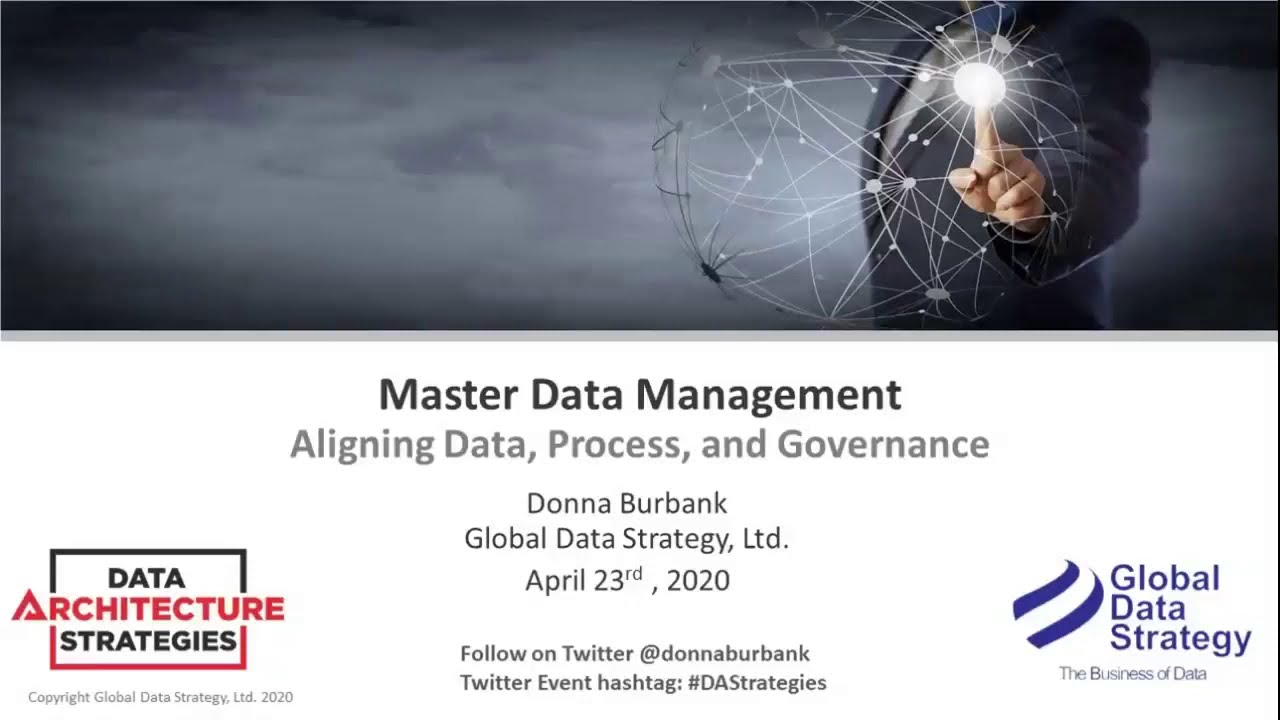
Have you ever found yourself struggling to manage the vast amount of data your organization generates? Do you find it challenging to ensure that all the data is accurate, consistent, and up-to-date? If yes, then you need a reliable tool for master data management (MDM).
In this article, we will explore everything you need to know about MDM tools, including what they are, their benefits, how to choose the right one for your organization, and much more.

Master data management (MDM) refers to the process of creating a single, unified version of critical data that an organization uses. This includes customer information, product data, financial records, supplier details, and much more. An MDM tool is software designed to help organizations streamline this process by providing a centralized platform for data management, storage, and access.
IBM has been pushing laborious on being a aggressive menace in enterprise cloud, however is much behind the leaders like Amazon AWS, Microsoft Azure and Google Cloud. It’s newest technique to turn out to be extra related, along with shopping for RedHat for its cloud experience, is to develop a sequence of “straightforward on-ramp” Cloud Paks that it claims can considerably scale back the period of time needed for enterprises to be cloud-enabled. However is that this sufficient to alter the potential of IBM to compete in a extremely aggressive fashionable cloud surroundings?

There are several benefits of using an MDM tool for your organization:

Choosing the right MDM tool can be challenging, given the wide variety of options available in the market. Here’s a step-by-step guide to help you make the right choice:

Pros:
Cons:
While MDM tools are the most effective solutions for master data management, there are alternatives that organizations can consider, including:
Here are some tips to help you get the most out of your MDM tool:
There are several MDM tools available in the market today. Here are five of the best:
In today’s data-driven world, efficient master data management is essential for organizations of all sizes. An MDM tool can help you streamline your data management processes, minimize errors, and enhance productivity. By following the steps outlined in this guide, you can choose the right MDM tool for your organization and get the most out of it.
Master data management (MDM) refers to the process of creating a single, unified version of critical data that an organization uses in its operations.
Some benefits of using an MDM tool include improved data quality, streamlined operations, increased productivity, and enhanced customer experience.
Consider your needs, evaluate features, consider integration, evaluate scalability, and check vendor support when choosing the right MDM tool for your organization.
Alternatives to MDM tools include data governance frameworks, data stewardship programs, and data catalogs.
Some tips include defining a clear data governance strategy, establishing data quality metrics, implementing regular data cleansing processes, training employees on tool usage, and regularly monitoring and updating your data.
Master data management is crucial for organizations looking to maximize efficiency, minimize errors, and provide better customer experiences. With the right MDM tool in place, you can centralize your data management processes, improve data accuracy and consistency, and enhance productivity. By following the steps outlined in this guide, evaluating the pros and cons, considering alternatives, and using tips to get the most out of your tool, you can make an informed decision and choose a tool that best serves the needs of your organization.